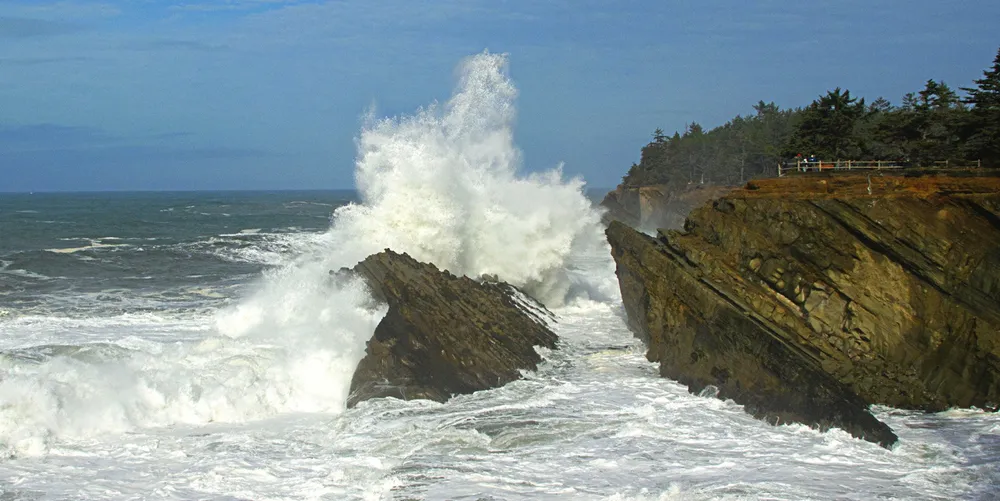US sets 2.6GW floating wind areas off Oregon despite fisheries, Tribal pushback
Regions in deep waters of Pacific Northwest have some of nation's best resources but face local stakeholder opposition

US offshore energy regulator Bureau of Ocean Energy Management (BOEM) Tuesday finalised two areas for potential development in deep waters facing the Pacific Northwest state of Oregon holding some 2.6GW of floating wind capacity.
“BOEM values its close coordination with the State of Oregon as we continue to work together to maintain a robust and transparent offshore wind planning process,” said BOEM Director Elizabeth Klein.
“We will continue to work closely with Tribal governments, federal and state government agencies, ocean users, coastal communities and all interested stakeholders as we move forward with our environmental review.”
Establishment of WEAs enables BOEM to set leases for sale, with a commercial auction possible by the end of this year.
Due to the steep descent of the continental shelf off the US west coast, the WEAs are in waters between 500-1,300-metres deep, requiring floating platforms.
The areas represented a subset of the original 1,159,298 acres that the Department of the Interior, BOEM's parent department, identified in April 2022.
Floating opportunity
Oregon has one of the cleanest grids in the US, with some 64% of its power generation in renewables, mostly large-scale hydroelectric, according to the US Energy Information Administration.
It also has a huge opportunity for floating wind development, with some 65GW of technical offshore wind energy, according to National Renewable Energy Laboratory (NREL) estimates.
“Designating commercially suitable, environmentally sound areas of the Pacific Ocean for offshore wind energy moves the region one step closer to a clean energy future,” said Anne Reynolds, vice president for offshore wind for industry advocate American Clean Power Association.
Local opposition
“Many valid questions and concerns remain about floating offshore wind,” the letter, which was signed by its two US Congressional senators and representatives, all Democrats.
The deep, cold waters of the US northern Pacific are among the world’s most productive fisheries, and Oregon’s fishing fleet generates an annual average of $500m revenue and employs some 9,200 people, according to the Oregon Department of Fish and Wildlife.
Multiple Tribal nations likewise opposed the sector, including the Affiliated Tribes of Northwest Indians and the National Congress of American Indians.
The Confederated Tribes of the Coos, Lower Umpqua & Siuslaw Indians issued a statement condemning BOEM for neglecting to consult them on its decision and for the risks offshore wind development brings to Tribal members.
Council chair Charlie Kneaper said the Tribes had “serious concerns for the environmental impacts that may occur as a result of this development.
“BOEM is proceeding without seriously considering or understanding the impacts of wind energy development,” said Kneaper. “The Tribe will explore all options to ensure that its concerns are addressed in this process.”
Supply chain shortfalls
The mostly rural state lacks significant load centres beyond greater Portland or substantial transmission capacity. NREL sees the state’s grid capable of integrating some 2.6GW of offshore wind without substantial investment, but anything beyond that would require upgrades that could cost billions.
And despite the lengthy coastline of 363 miles (584km), the state has few scalable ports capable of handling floating wind’s massive componentry.